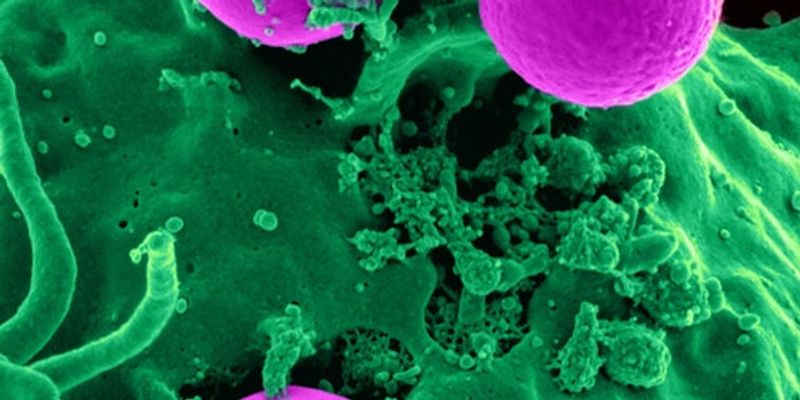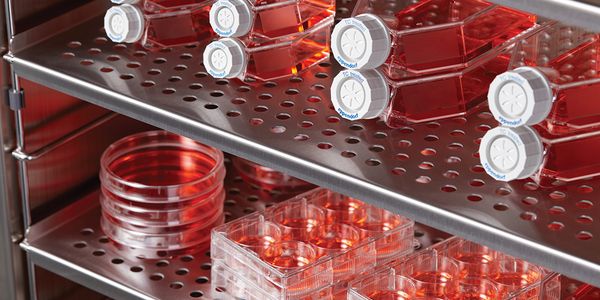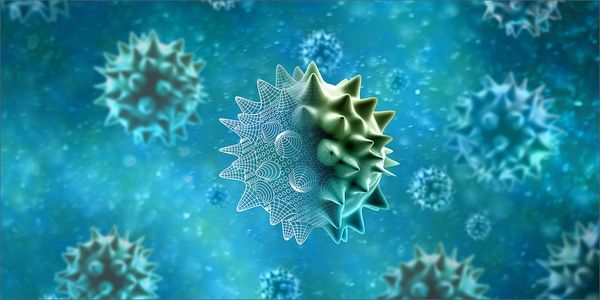Cell
Cell: is the smallest structural and functional unit of an organism, typically microscopic and consisting of cytoplasm and a nucleus enclosed in a membrane. Microscopic organisms typically consist of a single cell, which is either eukaryotic or prokaryotic.
-
Most cancer therapies have highly variable activity from one patient to another, with only a fraction of patients’ cancers responding to a given treatment. In many types of cancer, comb...
Virtually all tumors are genetically heterogeneous, containing subclonal populations of cells that are defined by distinct mutations. Subclones can have unique phenotypes that influence disea...
It has been noted by many in the community that for Precision Medicine to become a transformative reality, the underlying DNA and RNA sequence data have to become more precise. In my talk, I...
JUN 19, 2019 | 11:00 AM
DATE: June 19, 2019TIME: 11:00am PDT, 2:00pm EDT Abstract:...
JUN 19, 2019 | 10:00 AM
DATE: June 19, 2019TIME: 10:00am PDT, 1:00pm EDT As we develop new methods to create more biologically relevant models for research in understanding disease etiology and in...
JUN 18, 2019 | 9:00 AM
DATE: June 18, 2019TIME: 9:00am PDT, 12:00pm EDT, 5:00pm BST In the Atacama desert, Chile, twelve small aperture telescopes are observing the southern sky since 2016. Combining the opti...
JUN 18, 2019 | 8:00 AM
DATE: June 18, 2019TIME: 08:00am PDTAnalytical Ultracentrifugation (AUC) is one of the most powerful biophysical tools used today for the characterization of biological samples ranging...
JUN 18, 2019 | 4:00 PM
DATE: June 18, 2019TIME: 7:00am PDT, 10:00 EDT, 4:00pm CET PSCs represent an important tool in a wide range of applications, including basic research, disease modeling, drug...
JUN 05, 2019 | 5:00 PM
DATE: June 5, 2019TIME: 8:00am PDT, 11:00am EDT, 5:00pm CEST Eukaryotic cell cultures respond to the most subtle influence. Apart from the risk of contamination, minimal chan...
Tissues in the body are wonderfully organized, with specific arrangements of cells, extracellular matrix, secreted molecules, and fluid flow that synergize that create emergent functions. How...
Speaker:
Rebecca Pompano, PhD
With growing standards of patient care, clinical testing laboratory across the world are forced to change the way they manage their laboratory operations. More focus is now given to automatio...
Speaker:
Shonali Paul, MBA
The attractiveness of 3D printing technology in the microfluidic field is growing, specifically stereolithographic (SLA) type 3D printers, owing to their low cost, versatility, fast and easy...
Computer vision (CV) has seen rapid growth in many industries, including the life sciences with high-content cell imaging and phenotypic assays. However, many biomolecular and cellular assay...
In this seminar, Dr Elvira will talk about the use of droplet microfluidic technologies for drug discovery. Initially, she will discuss the fundamental concepts of droplet microfluidic techno...
Speaker:
Katherine Elvira, MSci, PhD, ARCS
























